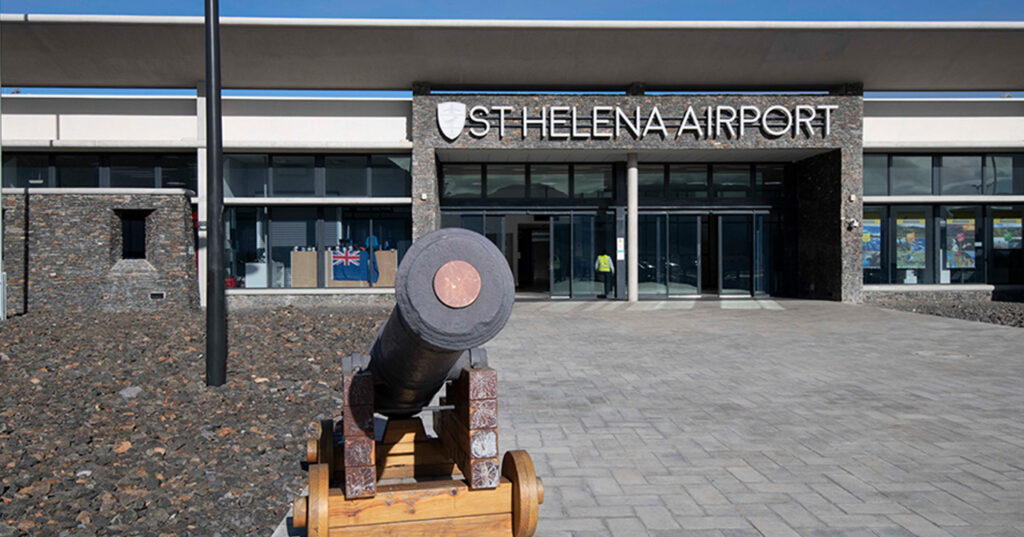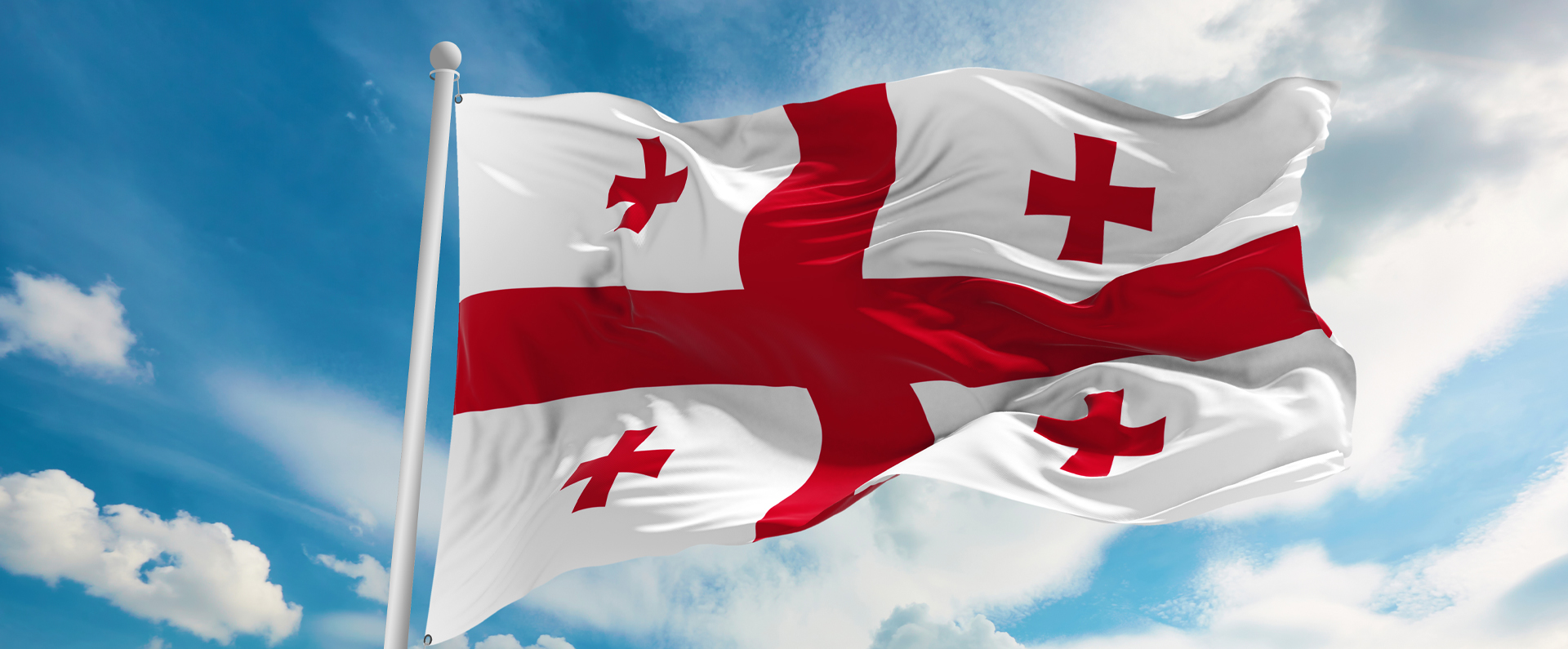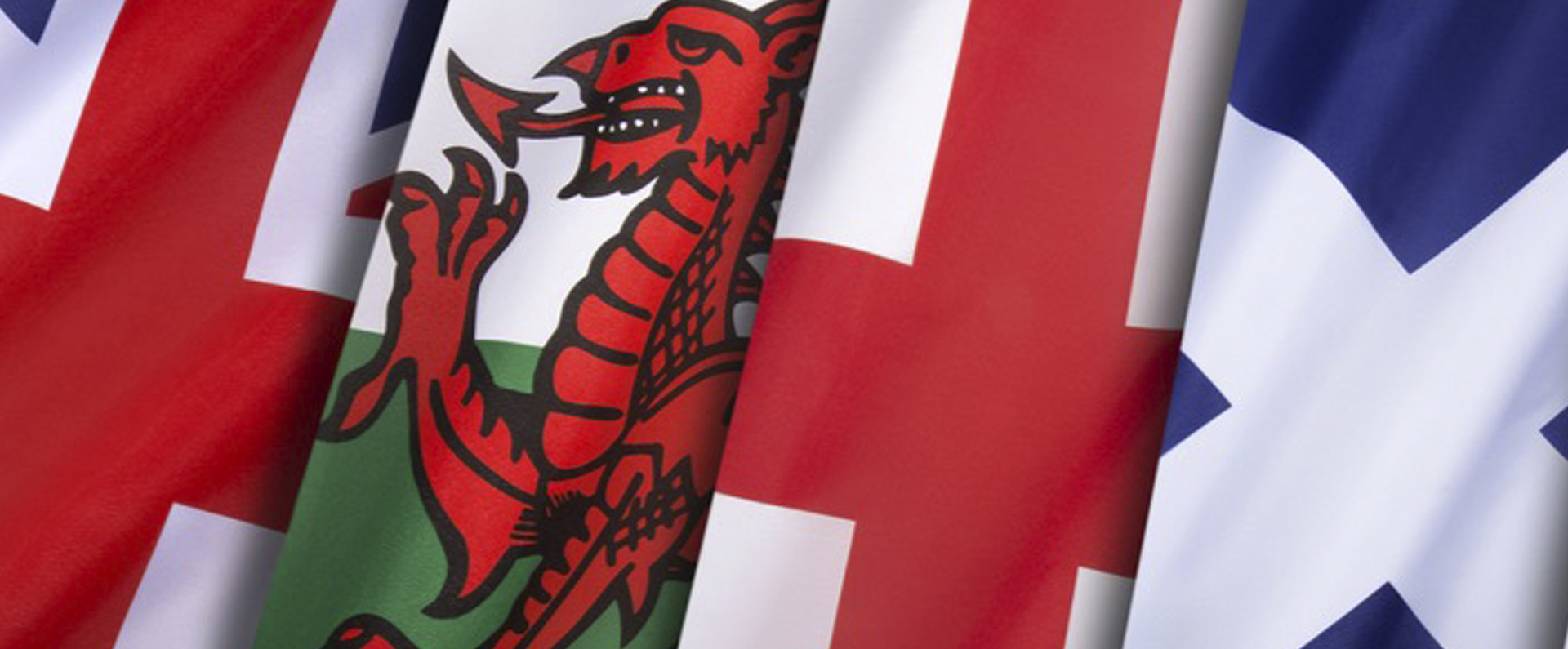
Whatever the future holds for the island of St Helena – and I hope it is a long and happy one – there is no doubt that mistakes have been made relating to its new, but massively underused, airport (pictured in the background, right).
The errors are costly ones, too: if the problems of strong and unpredictable winds really cannot be overcome, then at least £285 million of taxpayers’ money will have been squandered. Even if these “wind shear” difficulties can be successfully managed, many islanders will have suffered great financial hardship as a result of gearing up to an influx of tourists who, as yet, have never arrived.
But could, and should, the issues caused by St Helena’s unique topography have been foreseen? In the aftermath of my revelations last June about why planes were not able to land at the airport, it emerged that Brian Heywood, a former British Airways pilot, had written to David Cameron as early as August 2010 to warn him that the planned airport was in danger of being untenable.
I have long been intrigued by the precise contents of Mr Heywood’s letter and now, with the author’s blessing, I am able to make it public for the first time. Furthermore, I have a copy of a second letter that Mr Heywood, then a constituent of Mr Cameron’s, wrote to the-then Prime Minister in May 2016. Other Government letters provided by Mr Heywood also make extremely interesting reading.
St Helena, a British Overseas Territory situated in the South Atlantic and with a population of 4,500 people, is one of the most remote places on Earth. It lies some 1,200 miles from the African mainland and 1,800 miles from Brazil. St Helena was discovered by the Portuguese in 1502, but later run by the East India Company which, in turn, eventually handed it over to the British Crown.
Until now, the island’s lifeline to the rest of the world has been Royal Mail Ship (RMS) St Helena, which takes five days to sail between Cape Town and St Helena, and operates on a fortnightly cycle.
However, with the ship coming to the end of its natural life and with a replacement costing an estimated £64 million, the British Government announced on 22nd July 2010 that a new airport “is likely to represent the best value-for-money for the British taxpayer”.
Yet, just 11 days later, Mr Heywood sent a typed letter to Mr Cameron making a series of valid points. Mr Heywood began his letter by explaining that, since retiring from the airline industry, he had specialised in visiting remote places, including St Helena. “I have serious reservations about this project which in my opinion is seriously flawed,” he wrote.
His first major point related to the annual running costs of the airport: he said an initial prediction from WS Atkins, the Department for International Development’s consultants, that the airport would be profitable from year one was “hopelessly optimistic” and even a later prediction of profitability in the short term was unrealistic.
Mr Heywood said that “a permanent annual loss is certain” but added: “However this is not an obstacle to building the airport, it just means that there must be a permanent commitment to underwrite the inevitable annual loss.”
Next Mr Heywood came to the crux of his letter:
“However my main concerns are of an operational nature, and I think it most unlikely that any airline would operate to this airport because of the constraints imposed by topography and politics. Concerning the topography, the Island is a very challenging place to build an airport, and the intended site is the least worst one available. However it would be 1000 feet above sea level, with a near vertical drop to the sea shore from the beginning of the runway. As the airport site is on the windward side of the island there would be very undesirable wind effects just before touchdown, making the approach tricky. This would be compounded by frequent poor weather…”
Mr Heywood also made a point relating to Ascension Island, some 700 miles from St Helena: “If there were no other problems, the approach [to the airport] would be just acceptable, but politics play a part, and in my opinion renders this proposed airport unusable. The reason for this is that the previous Government negotiated a totally inept agreement with the US Government regarding the use of Ascension Island as both a scheduled destination and as a diversion airfield. Ascension Island is of course Sovereign British territory but the Americans control the airfield and have always excluded commercial aircraft unless under charter by the MOD.”
Mr Heywood’s concluding paragraph was unequivocal: “I am strongly of the opinion that no money whatsoever should be spent on this project until a sensible agreement is struck with the US Government regarding the use of Ascension Island by civilian aircraft. I hope DfID will have another look at this, as the airport could become a very expensive and embarrassing white elephant…” Mr Heywood’s two-page letter can be read in full here.
It is now clear that Mr Heywood’s letter was forwarded by the Prime Minister’s office to Andrew Mitchell, then the Secretary of State for International Development. Mitchell replied to Cameron on 7th September 2010, in a letter forwarded to Heywood, reassuring the Prime Ministers that all three areas of concern from the former pilot had been, or were being, addressed.
The Secretary of State of State, who I should point out is a friend of mine, was particularly reassuring over the suitability of the chosen airport site. “The technical difficulties have been carefully considered, both in Atkins’ 2004 Feasibility Study and in the run-up to flight trials of the approaches that were successfully undertaken in 2006. Weather conditions at the site have been recorded since 2005. While it remains a challenging approach, it is one that a number or airlines were prepared to accept when holding discussions over air service provision in 2007.” Once again this letter can be read in full here.
I do not know the exact nature of these 2006 flight trials or the weather assessments, but it is now clear that they were not of sufficient quality or quantity to identify the problems that are now being largely caused by a mountain that directly overlooks the airport.
For, as I disclosed in June of last year, my original planned flight to St Helena had to be postponed indefinitely because of serious concerns that the airport was too dangerous to use because of “wind shear”. These problems also forced the official opening of the airport to be postponed indefinitely.
Two pilots who carried out test flights in the first half of last year were alarmed by the dangers posed by wind shear. One of them, a South African pilot called Larry Beamish who had been an aerobatics display team member, told friends that his experience had been “hair-raising”.
I now know that just before my revelations, which prompted news stories in several national newspapers, Mr Heywood wrote a second letter to Cameron having himself learned about the problems that led to the airport opening being postponed.
In his letter of 5th May 2016, Mr Heywood reminded the Prime Minister of his original letter from six years earlier in which he “specifically stated that wind would be a problem”. He added: “However my well intentioned advice was ignored, and £350 million has now been spent on an airport which is probably operationally unusable.”
On this occasion, he concluded his two-page typed letter by saying: “I feel very frustrated that my predictions of 6 years ago were ignored. I look forward to hearing back from you in due course.” Mr Heywood’s second letter can be read in full here.
On this occasion, Mr Heywood received a reply direct from the Prime Minister saying he appreciated “your ongoing concerns”: the full letter can be read here.
Once again, the Prime Minister forwarded Mr Heywood’s letter to DfID. On May 26 2016, Desmond Swayne, the Minister of State at DfID, wrote to Cameron and in his letter, once again forwarded to Mr Heywood, he said: “I can assure you that we are taking this issue very seriously and undertaking detailed work – with the help of others, including the UK Meteorological Office – to understand fully the nature of the problem, and to identify an appropriate solution.” This letter can be read in full here.
Within a month, Mr Cameron had, of course, resigned as Prime Minister in the wake of the Brexit referendum result. At this moment, St Helena’s airport is officially open for business but not a single commercial flight has ever landed or taken off from it.
I am one of the few people to have landed and taken off using the airport because I am fortunate enough to have access to a private plane. I made a two-day visit to St Helena last month and wrote about the extraordinarily friendly welcome I was given by islanders, who are known locally as “Saints”.
In December last year, the Public Accounts Committee, Parliament’s spending watchdog which looked into the airport’s troubles, accused DfiID of being evasive and said that it was “staggering that the department did not foresee and address the impact of difficult wind conditions”. Yet no one was specifically held to account for the failings.
I am glad to say that efforts to help St Helena overcome its difficulties continue. I was, unfortunately, unable to attend a reception in Westminster earlier this month to mark the visit of Lawson Henry, a senior St Helena councillor, and other Saints to the UK. However, I was glad to learn that there was all-party support for the island’s cause from seven MPs and seven members of the House of Lords who attended, including Andrew Mitchell, the former Conservative Cabinet minister, and Lord Foulkes of Cumnock, the Labour peer.
Hopes remain, however, that St Helena will have a fully operational airport by the end of the year. The St Helena Government is currently studying bids from several airlines who hope to run regular services to and from the island. The successful bidder, or bidders, is due to be announced in May.
I should point out that Brian Heywood was not the first person to identify St Helena’s “wind shear” problems. For, as long ago at 1836, Charles Darwin, the anthropologist, visited St Helena.
In his travel journal Voyage of the Beagle, he wrote:
“The only inconveniences I experienced on my walks [on St Helena] were from the impetuous winds. One day I noticed a curious circumstance: standing on the edge of a plain, terminated by a great cliff of about a thousand feet in depth, I saw at the distance of a few yards right to windward, some tern, struggling against a very strong breeze, whilst, where I stood, the air was quite calm. Approaching close to the brink, where the current seemed to be deflected upwards from the face of the cliff, I stretched out my arm, and immediately felt the full force of the wind: an invisible barrier, two yards in width, separated perfectly calm air from a strong blast.”
Since Darwin’s writings about the island came fully 67 years before man’s first powered flight (the Wright brothers in 1903) and were less than specific, the Government and its air experts can be forgiven for ignoring these warnings.
However, given Mr Heywood’s first-rate qualifications as an expert on both St Helena and the airline industry, coupled with his astute and well-argued letter, his concerns of seven years ago should most definitely have been heeded.
Read this article on ConservativeHome.com
See related article published in The Sun on 21 February 2017



